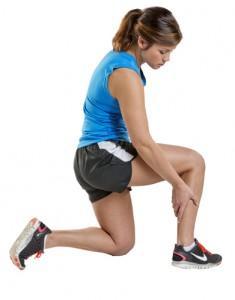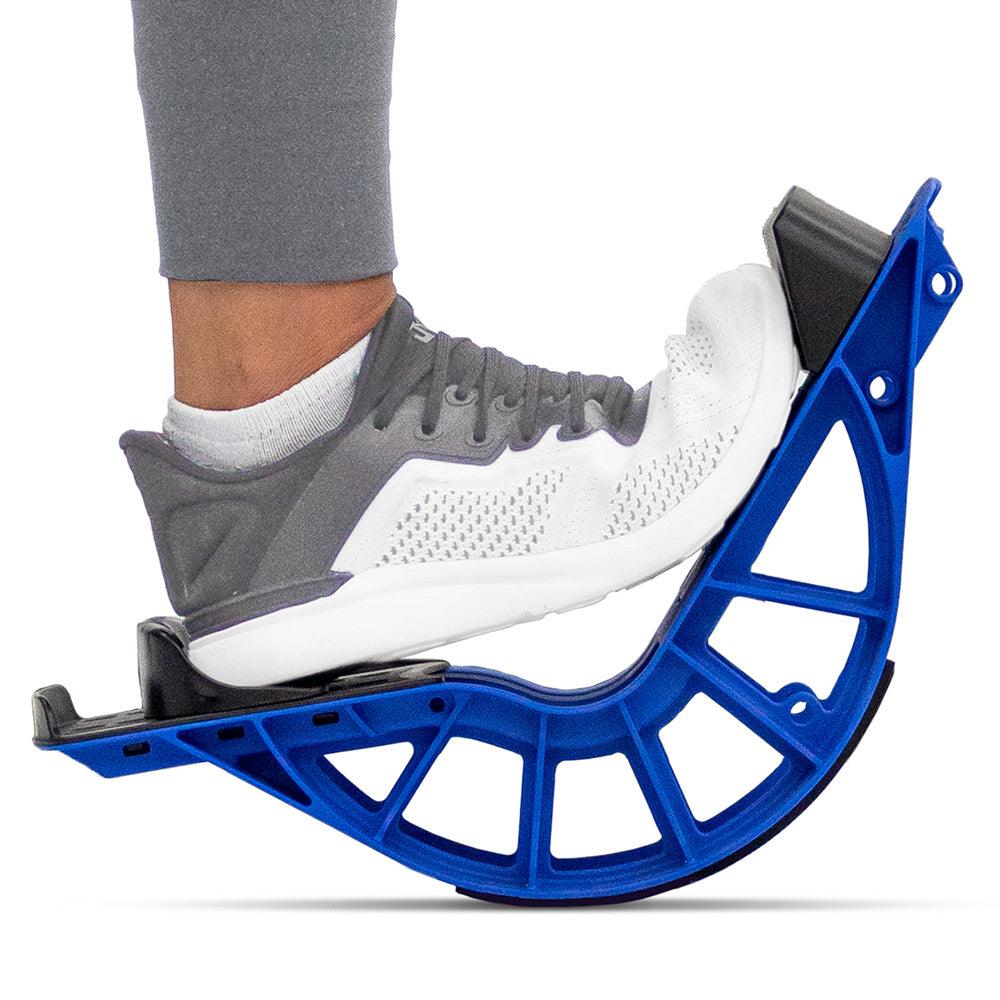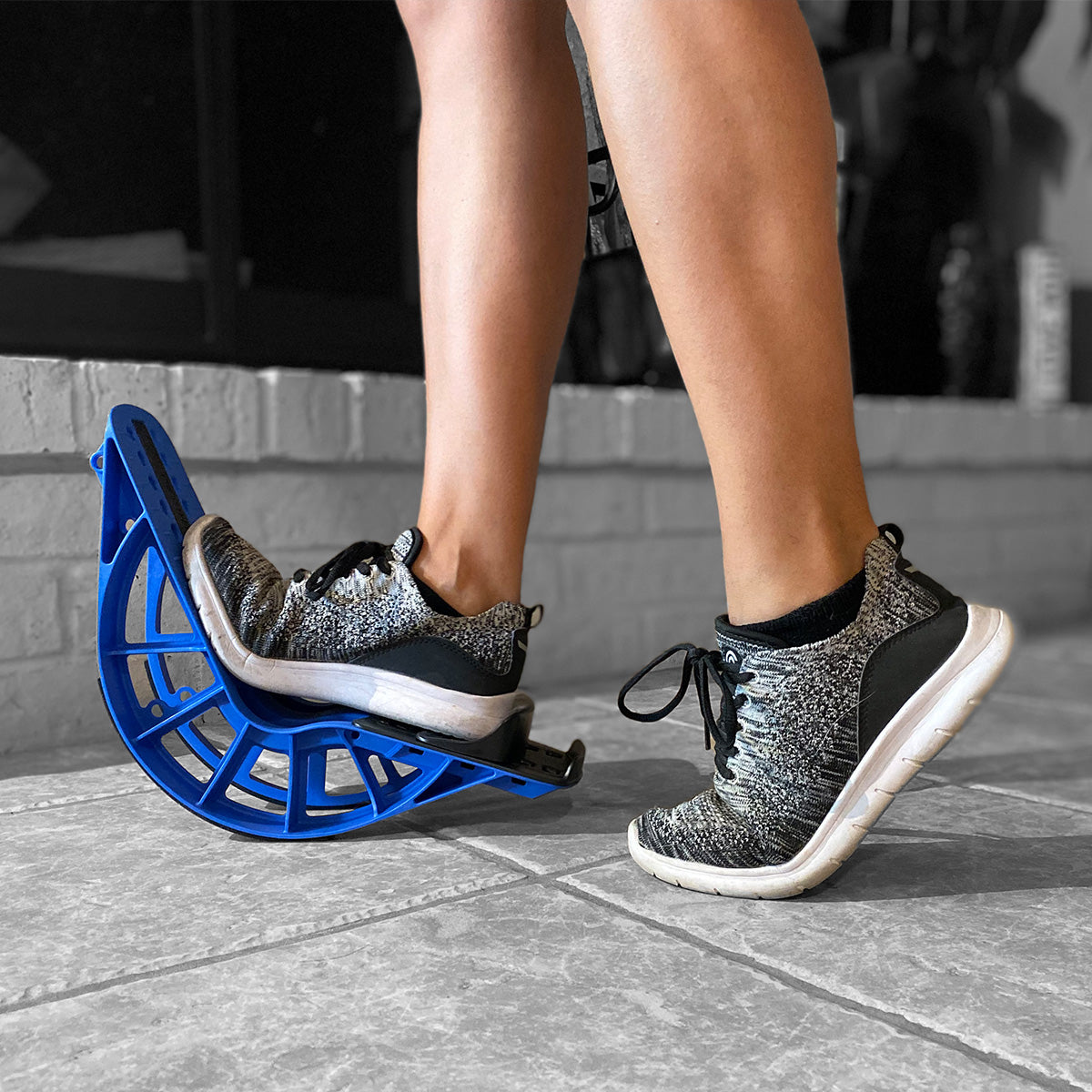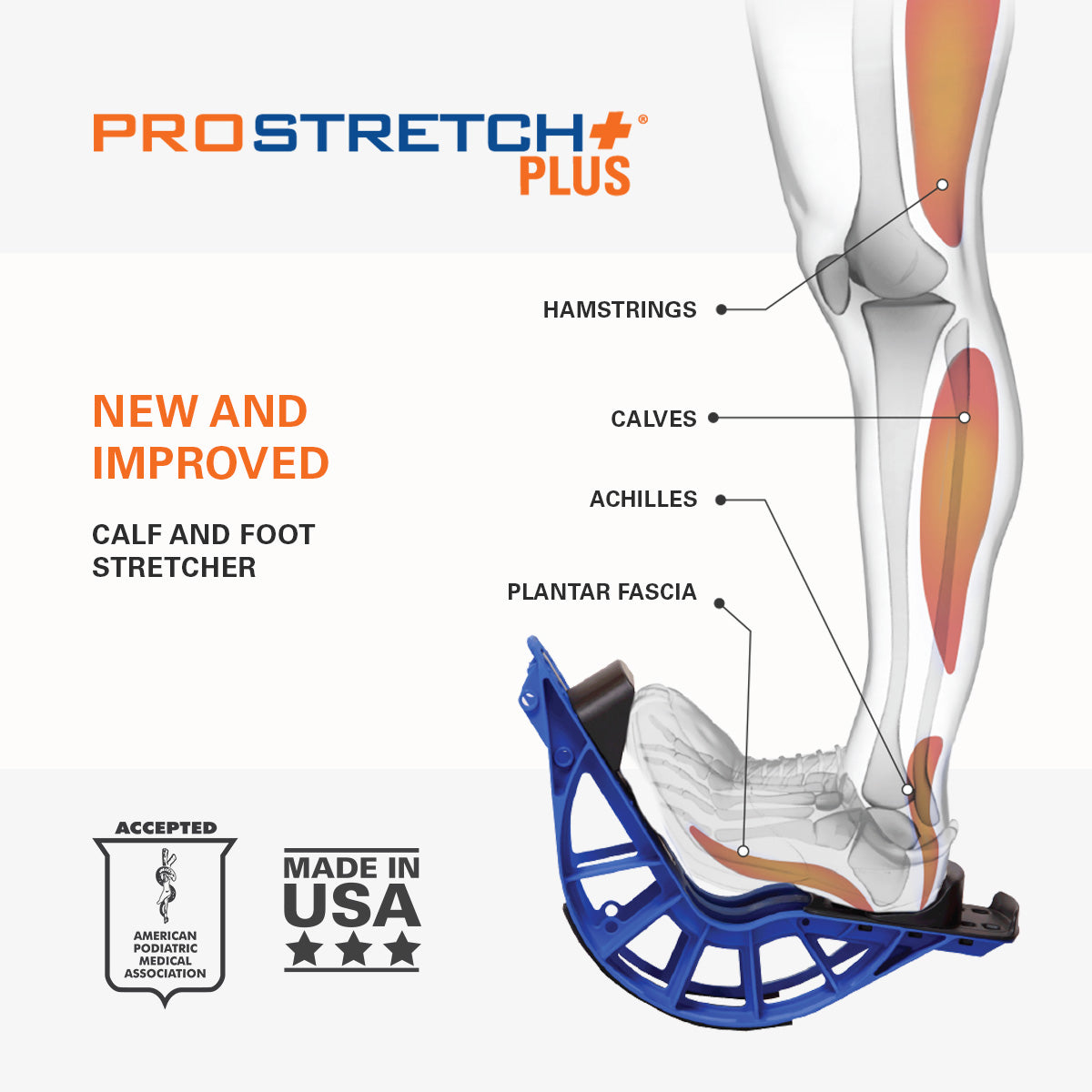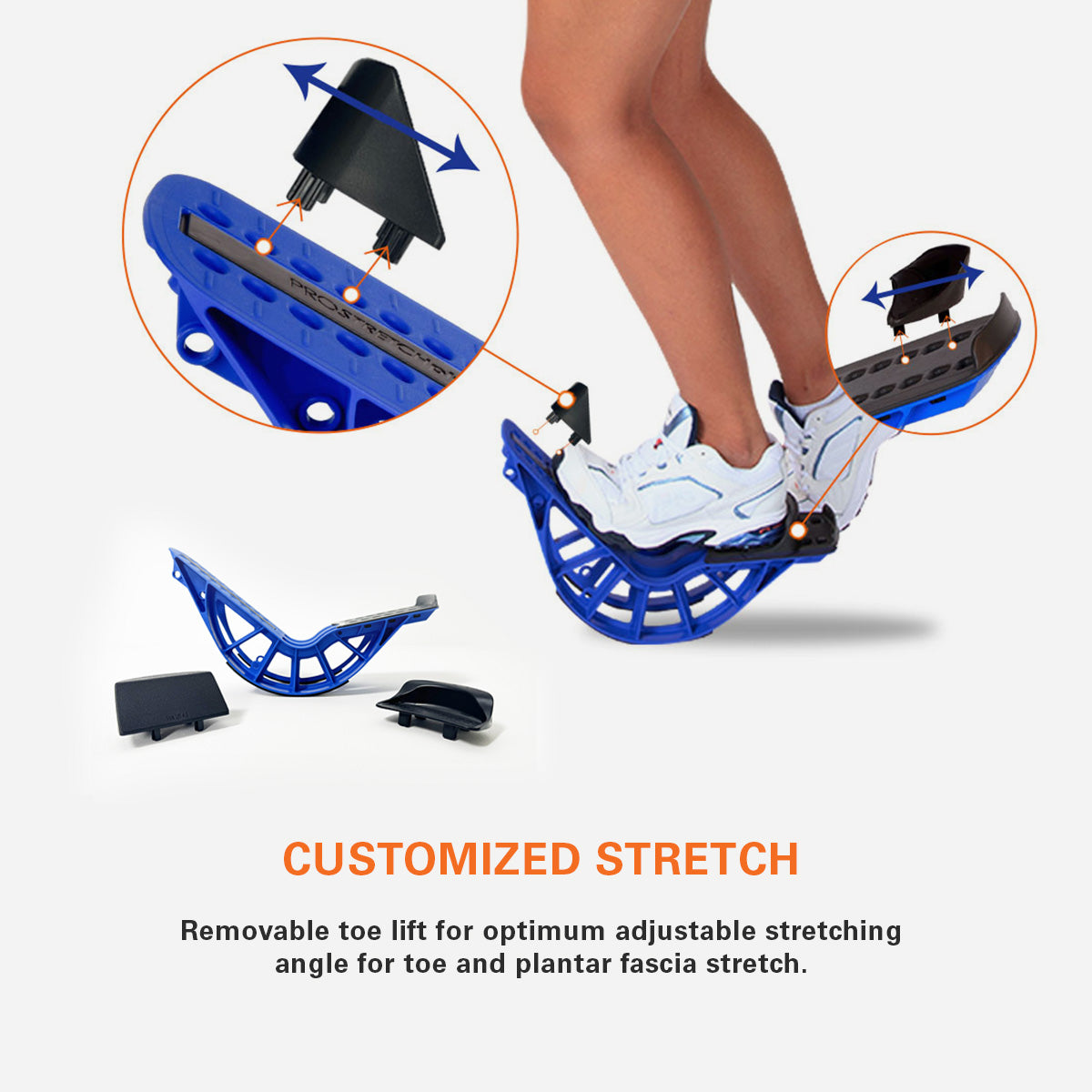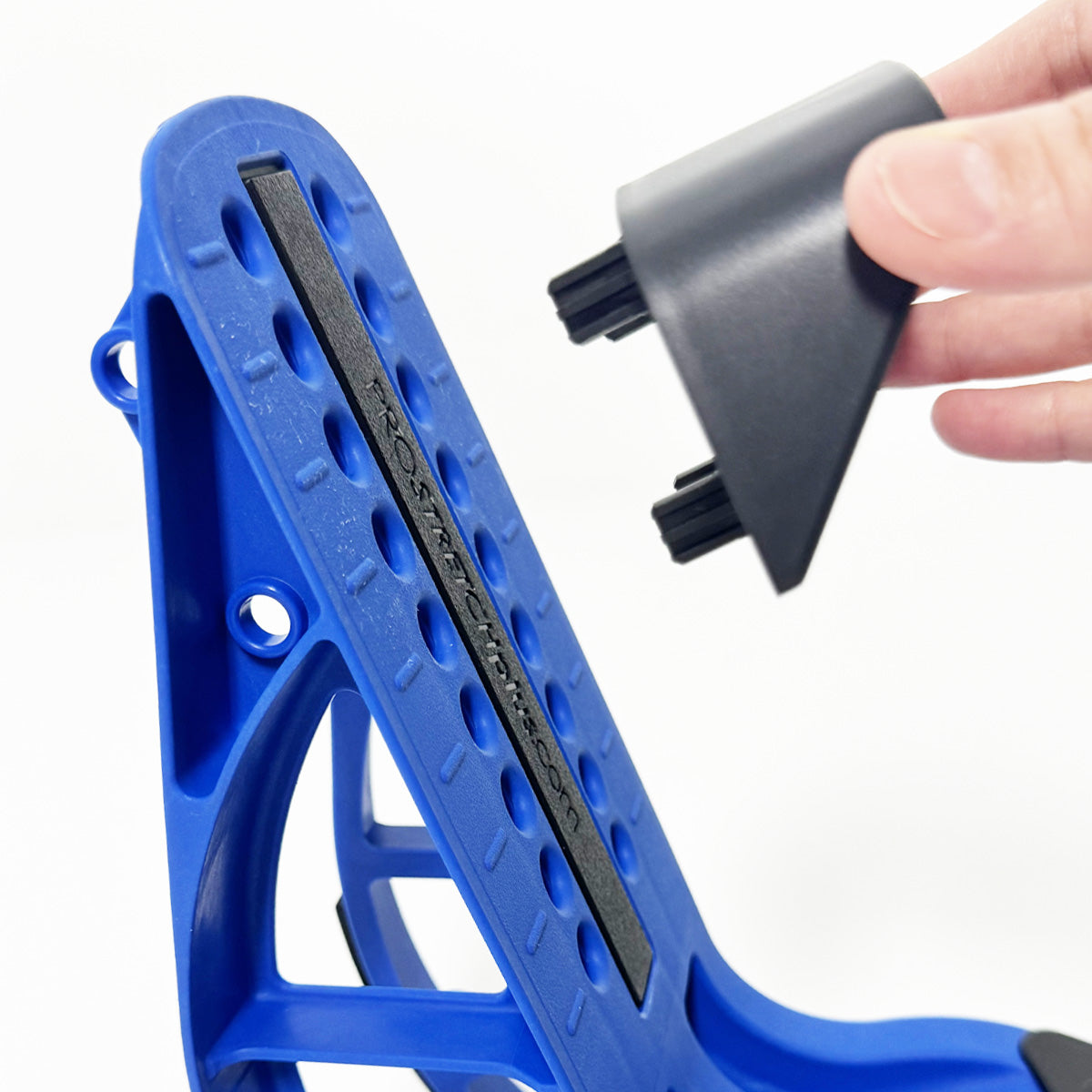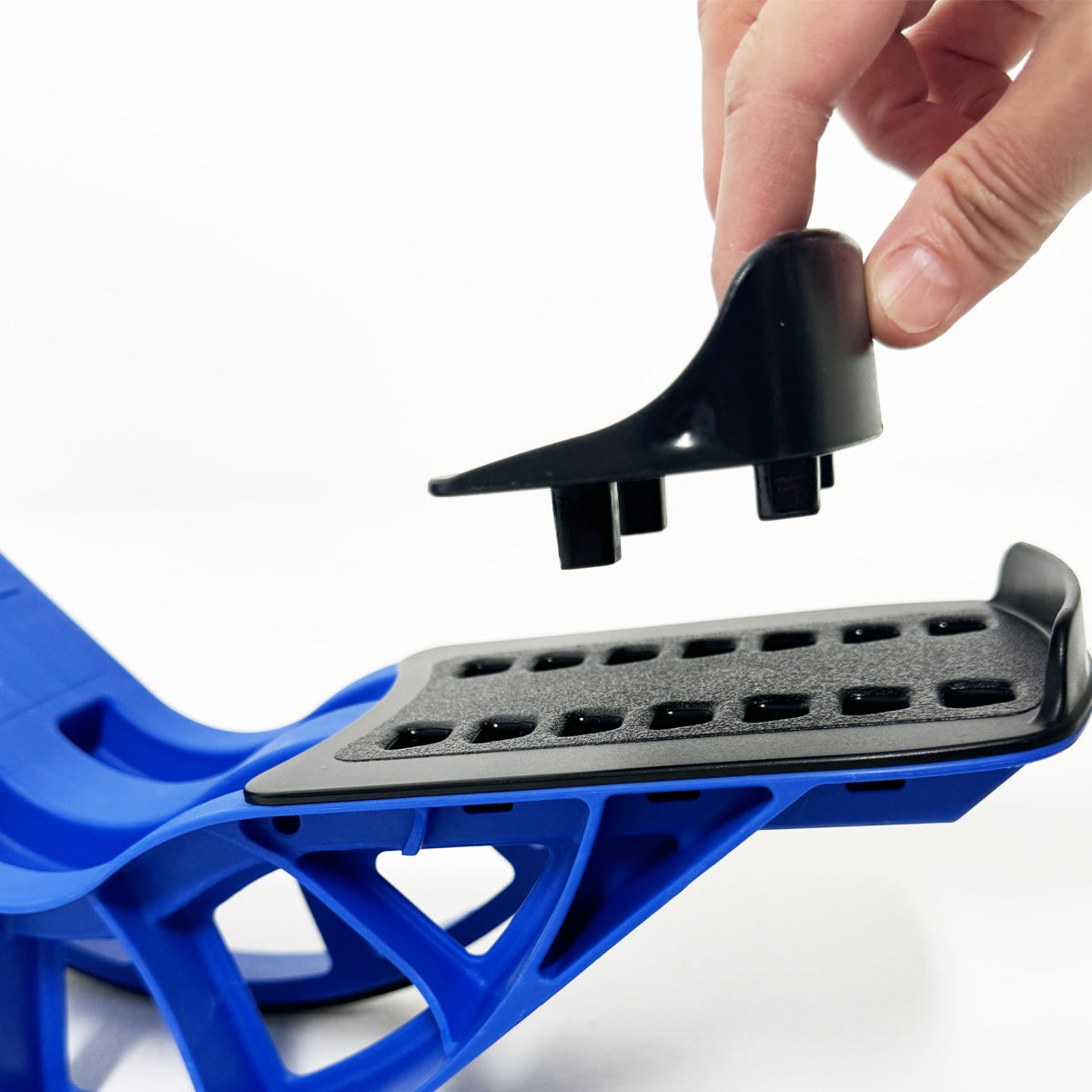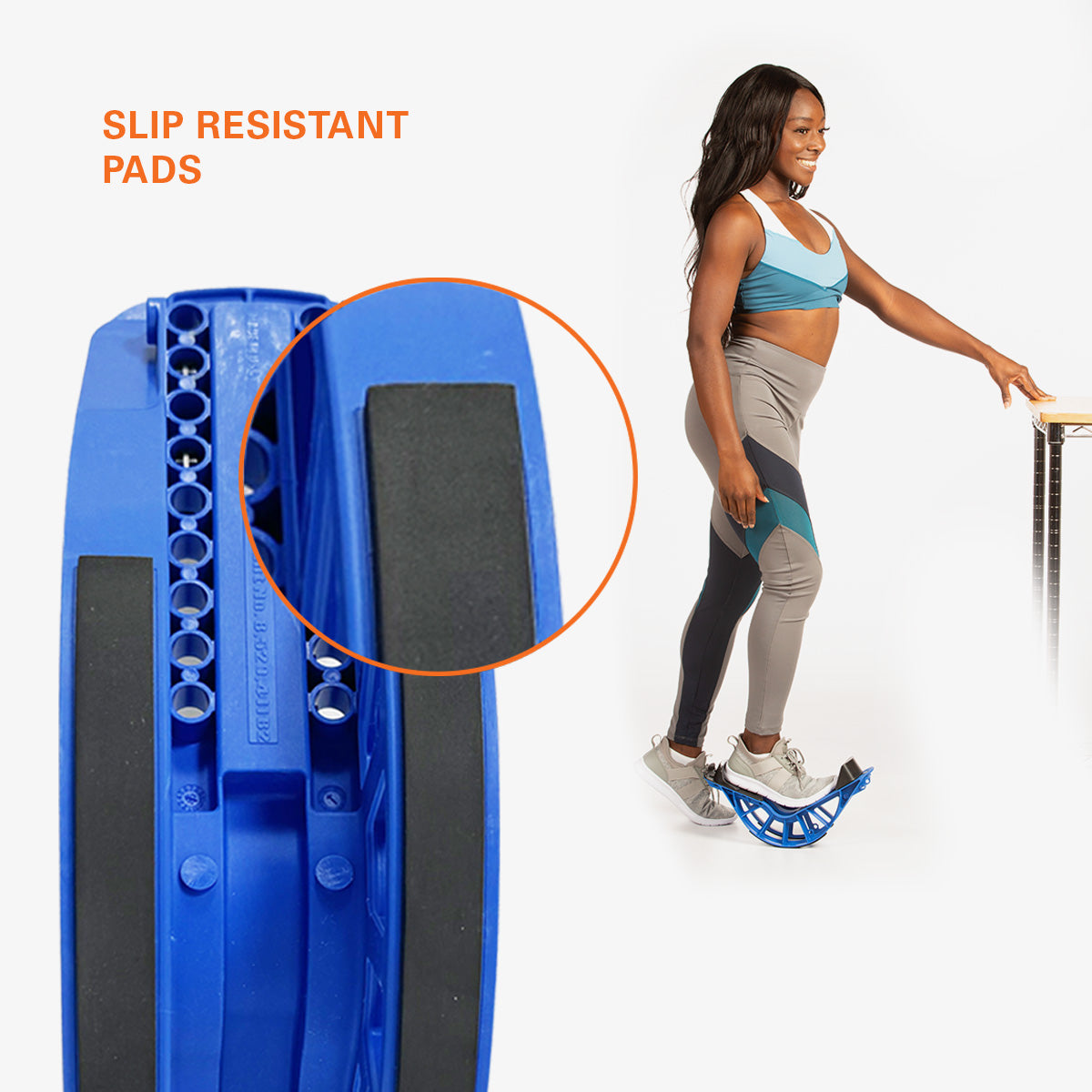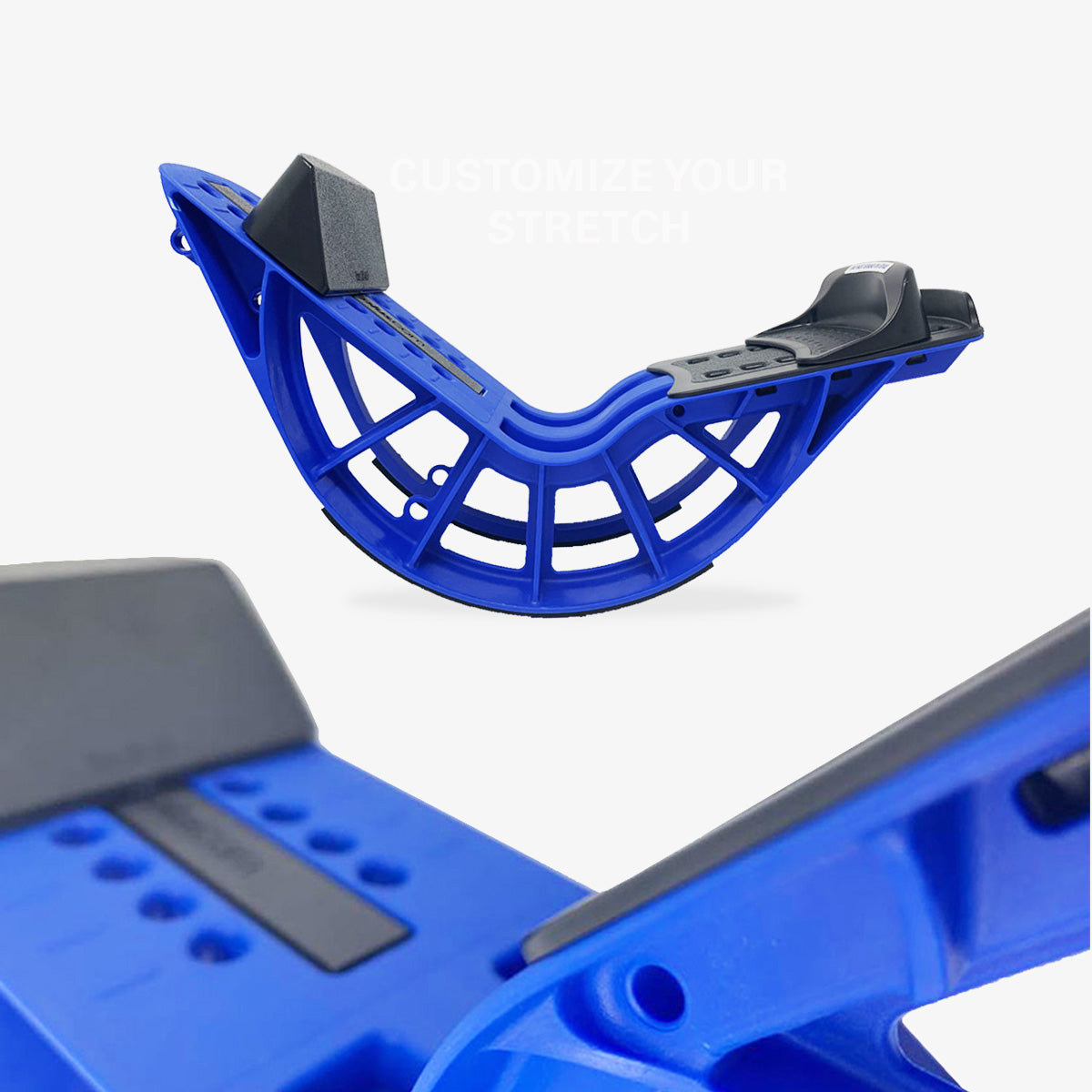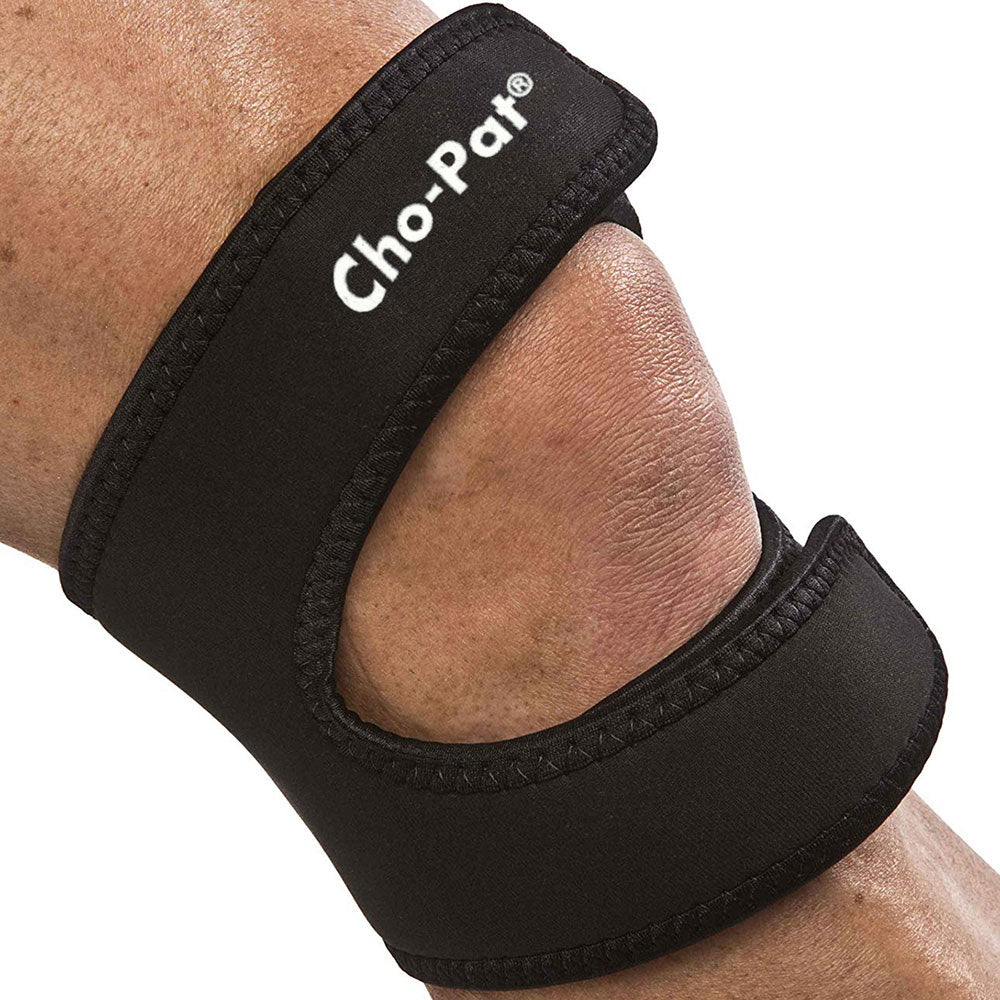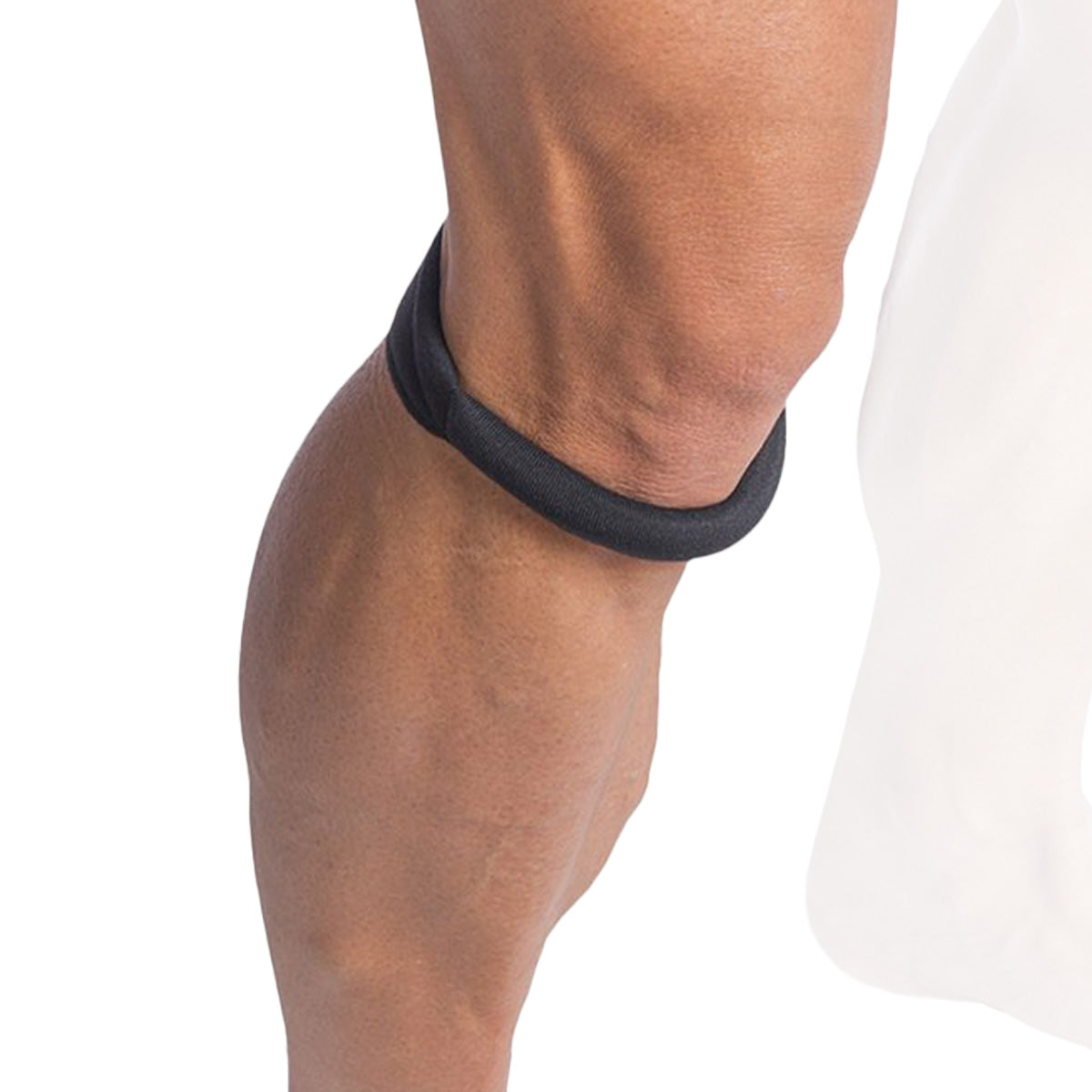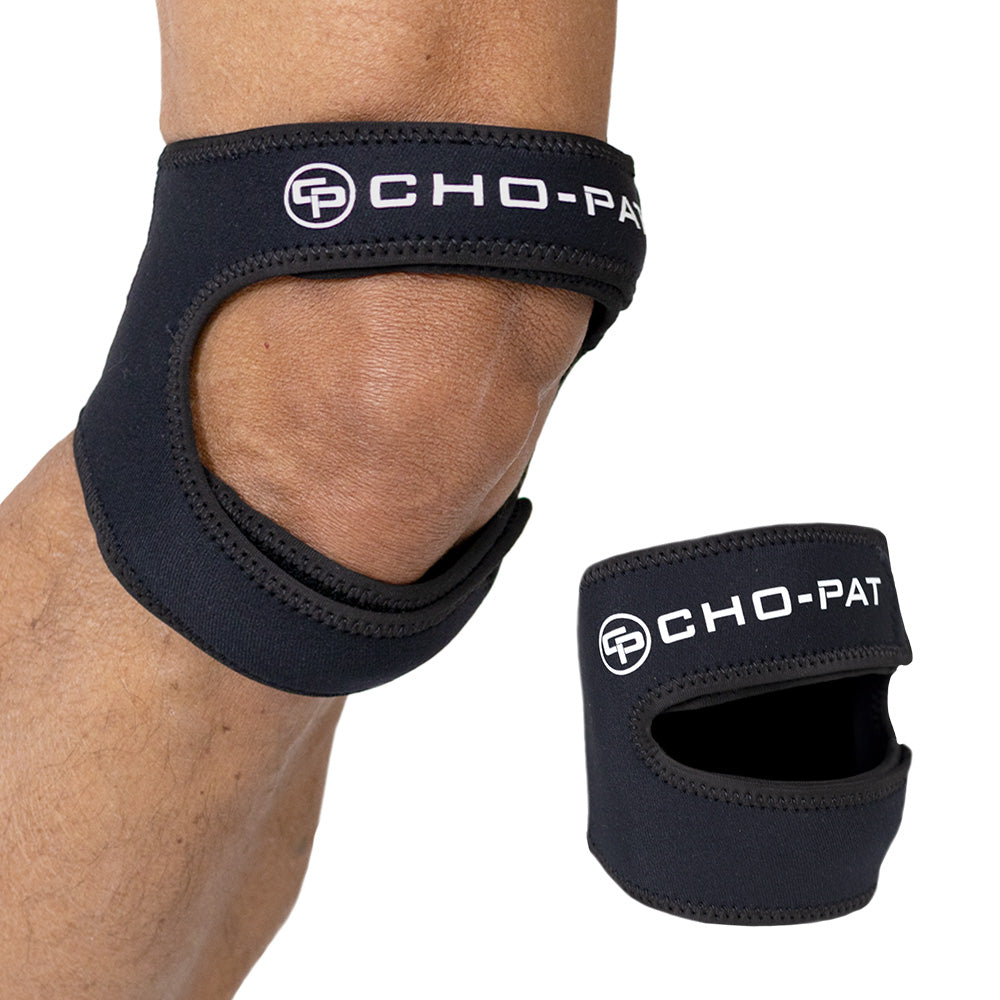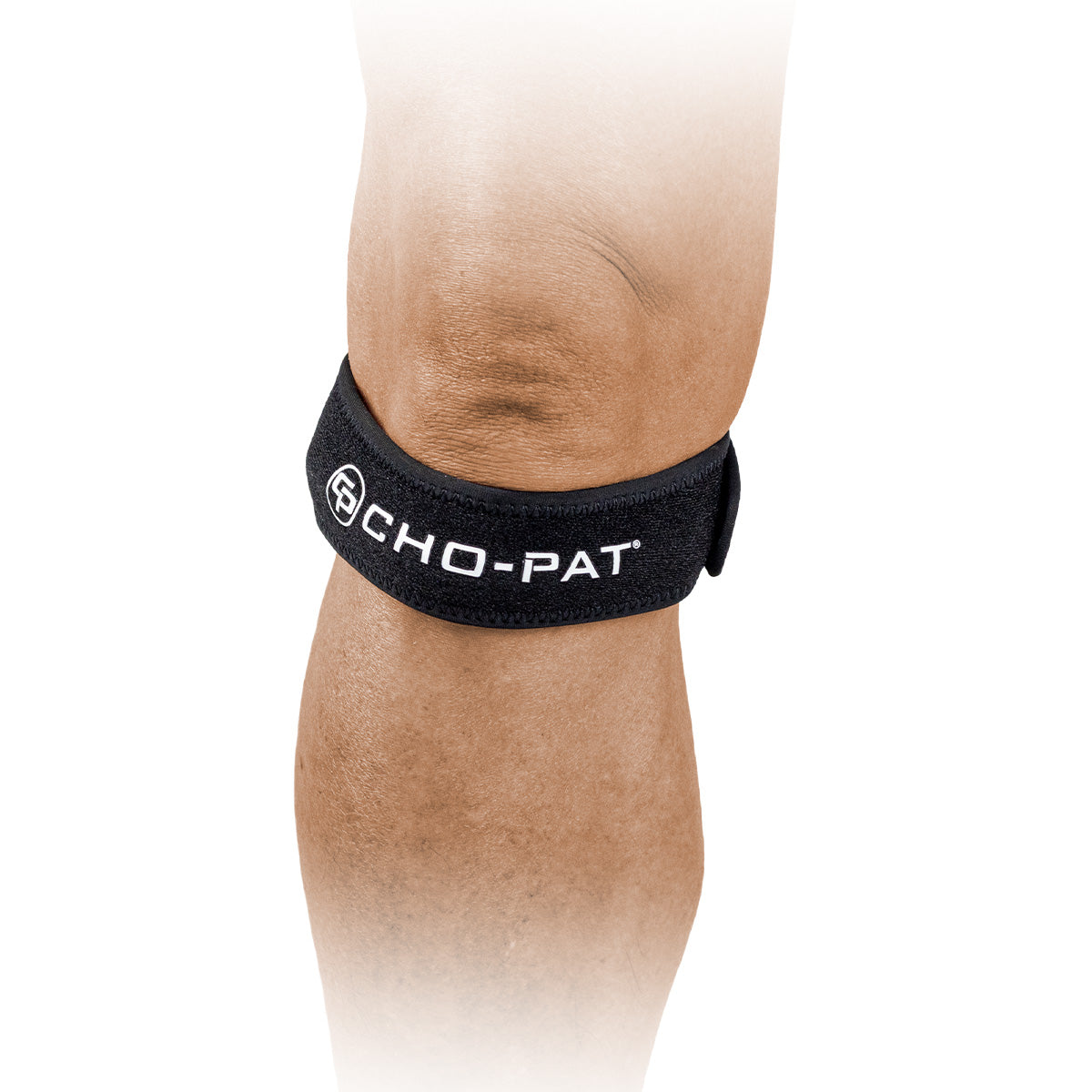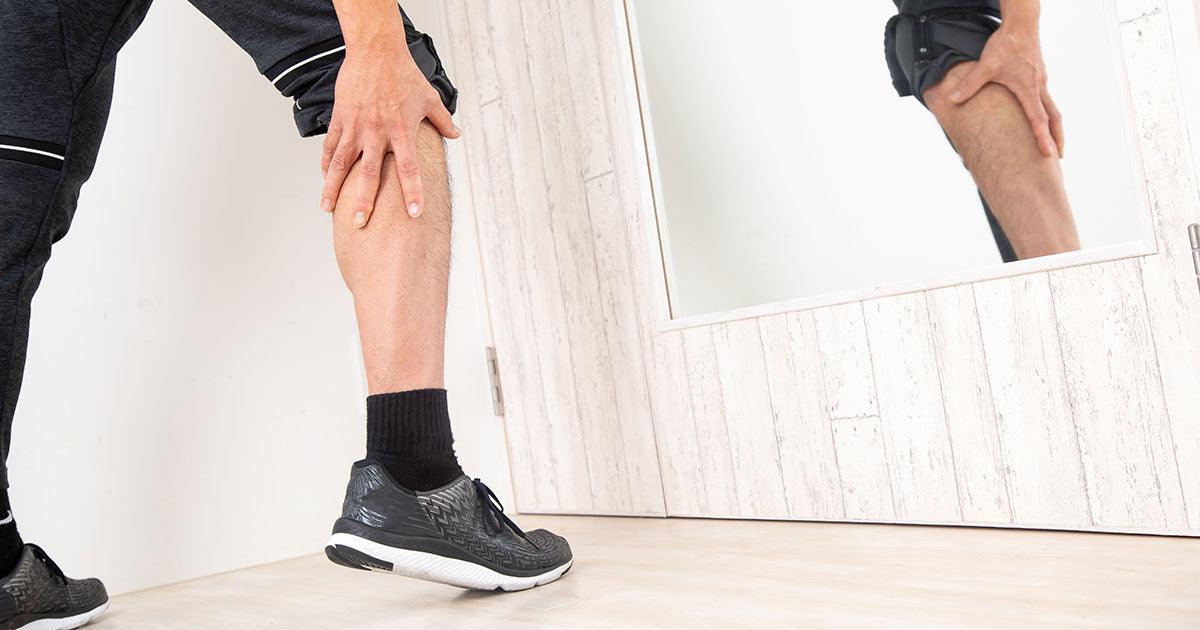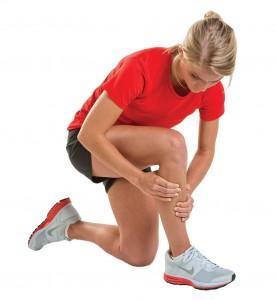Flexible, functional calves are critical to both performance and preventing lower leg, ankle, Achilles tendon and foot injuries. Tight Calf Causes Tight calf and calf strain injuries are often due to sudden stress on the calves. This stress can result in small micro-tears to the muscle fibers or more serious rupture of the muscles fibers. The calf muscle (gastroc) where it nears the meets the thigh bone (femur) in particular plays a major role in generating power when you jump or sprint. Injuries at this juncture are relatively common but often preventable. Calf muscle strains usually occur when the muscles are not warmed up properly or have fatigued significantly during exercise.
Functional Risk Factors:
- Improper warm up
- Fatigue
- Previous Injury
- Tightness or weakness in the:
- Gastrocnemius
- Soleus
- Hamstrings
Calf Flexibility Critical to Foot & Leg Injuries
A quick stretch on the curb, against the wall or just pulling your feet back with a towel often what people consider stretching their calves, but are you taking this muscle group seriously enough? A tight calf can prevent proper movement of your ankle, specifically dorsiflexion (point and flexing motions) which in turn impact both the how you walk and how you stand.
To compensate for this, the foot rolls or pronates further which causes excess rotation of the lower leg. This can contribute to conditions such as shin splints, Achilles tendonitis, knee misalignment, hip misalignment and even tight hamstrings.
Time spent on increasing the flexibility of a tight calf can significantly minimize the occurrence of foot pain, heel pain, Achilles tendon pain, shin splints, calf pain and even hip and back pain.
Slow, deep, effective stretches held for 30 seconds or more are what are typically required to increase the flexibility in a tight calf. The degree and biomechanical alignment of the stretch is also important. Over stretching or performing stretches incorrectly can cause injury or further injury an existing strain.
Strained Calf Rehabilitation and Increasing Tight Calf Flexibility
Working with medical professionals, Medi-Dyne has developed 2Steps™ Solutions for a Strained or Tight Calf. 2Steps Solutions deliver a sound regimen which provides both 1. Immediate Relief and 2. Long-Term Healing, putting you back on your feet and at peak performance.
Step 1: Immediate Relief
- Promote Circulation & Healing
Athletes often find relief from light compression. A compression sleeve applies gentle support for lower legs while promoting circulation and warmth which controls fluid build-up and enhances healing.
Step 2: Long-Term Healing
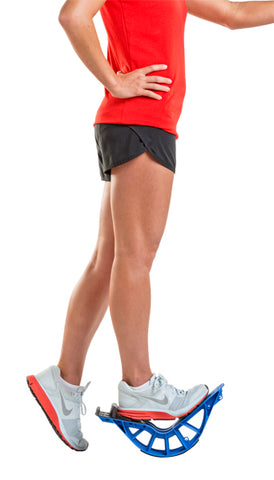
ProStretch Plus
Stretch and Strengthen:
- Gastroc
- Soleus
Gastroc and soleus flexibility is imperative to the health of shins. By stretching your calves daily and increasing your calf flexibility, you can dramatically reduce your risk of muscle imbalance injury.
The ProStretch® Plus makes it easy for athletes to perform all of the necessary stretches independently, effectively and efficiently.
Massage
Massaging can often bring added relief and flexibility. ProStretch massage rollers uses 3 different gear types that allow you to choose whether your massage feels soft, medium, or pinpoint to get the pain relief you need.
For increased circulation, performance and healing consider massaging the:
- Outer side of calf
- Inner side of calf
- Lower part of calf just above the Achilles tendon
The post Tight Calf Solutions appeared first on Medi-Dyne.




